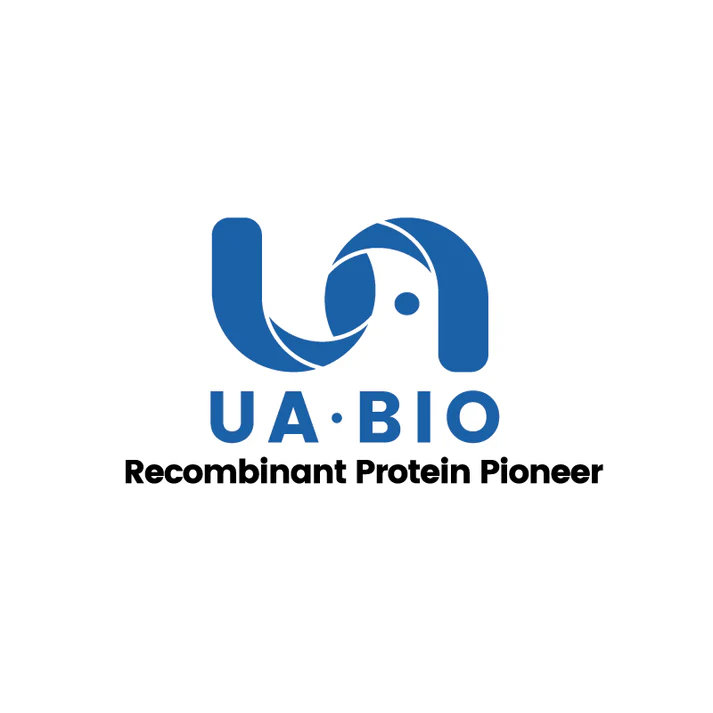1μg (R: reducing condition, N: non-reducing condition).
Product Details
Product Details
Product Specification
| Species | Human |
| Synonyms | Leucine-rich repeat-containing protein 15, LRRC15, LIB, hLib |
| Accession | Q8TF66-1 |
| Amino Acid Sequence | Tyr22-Gly538 with Human IgG1 Fc at C-Terminus |
| Expression System | HEK293 |
| Molecular Weight | 95-105kDa (Reducing) |
| Purity | >95% by SDS-PAGE &>90% by SEC-HPLC |
| Conjugation | Unconjugated |
| Tag | Human IgG1 Fc |
| Physical Appearance | Lyophilized Powder |
| Storage Buffer | PBS, PH7.4, 5% trehalose |
| Reconstitution | Reconstitute at 0.1-1 mg/ml according to the size in ultrapure water after rapid centrifugation. |
| Stability & Storage | · 12 months from date of receipt, lyophilized powder stored at -20 to -80℃. |
| Reference | Nagy Á, Ulmert D, Zedan W, Storey CM, Park J, Geres S, Lückerath K, Sjöström K, Westin H, Peekhaus N, Thorek DL, Karlström AE, Altai M. Impact of site-specific conjugation strategies on the pharmacokinetics of antibody conjugated radiotherapeutics. Eur J Med Chem. 2024 Sep 30;280: 116927. |
Background
LRRC15, also known as LIB and hLib, is a leucine-rich repeat-containing protein that is highly expressed in various solid tumors. It is found on stromal fibroblasts in many solid tumors, including those of the breast, head and neck, lung, and pancreas, as well as directly on a subset of cancer cells of mesenchymal origin, such as sarcoma, melanoma, and glioblastoma. LRRC15 expression can be induced by TGFβ in activated fibroblasts (positive for α-smooth muscle actin, αSMA) and in mesenchymal stem cells. These collective findings suggest that LRRC15 serves as a novel cancer-associated fibroblast (CAF) and mesenchymal marker, making it a potential therapeutic target for the treatment of cancers with LRRC15-positive stromal desmoplasia or those of mesenchymal origin.
Picture
Picture
SDS-PAGE
SEC-HPLC
The purity of LRRC15/LIB Fc Chimera Protein, Human is more than 90% determined by SEC-HPLC.
ELISA
Immobilized LRRC15/LIB Fc Chimera Protein, Human (Cat. No. UA011115) at 5.0μg/mL (100μL/well) can bind Biotinylated Samrotamab with EC50 of 4.51-6.99ng/mL.


